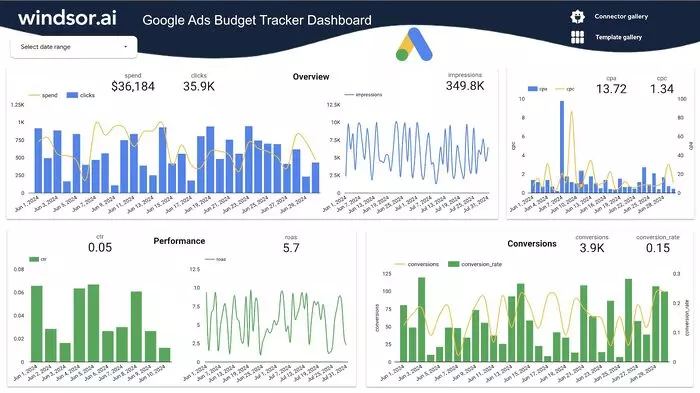Budgeting is one of the most important parts of any paid traffic strategy. Set too little, and your campaigns may not gather enough data. Set too much without control, and you could burn through your ad spend without results. Learning how to set, adjust, and manage your budget gives you the control needed to scale smartly and sustainably. In this article, we’ll break down how to budget effectively in paid traffic campaigns.
Start With Your Business Goals
Before setting a budget, define what you’re trying to achieve. Are you aiming for leads, sales, sign-ups, or traffic? Knowing your cost-per-acquisition (CPA) target and customer lifetime value (LTV) helps you reverse engineer the right spend. For example, if a lead is worth $50 to your business, you can afford to spend up to $30–40 to acquire it while staying profitable.
Types of Budgets in Paid Traffic
1. Daily Budget
This is the amount you’re willing to spend per day on a campaign or ad set. It’s ideal for consistent, ongoing campaigns. Example: $10/day for a lead generation campaign.
2. Lifetime Budget
You set a total budget for the entire duration of a campaign. Ideal for short-term promotions or events. Example: $300 over 10 days for a product launch.
3. Campaign Budget Optimization (CBO)
Let the platform automatically distribute your total budget across ad sets based on performance. Best for scaling and when you already have winning audiences.
How to Calculate an Initial Budget
Use this simple formula:
Budget = (Target CPA × Number of desired conversions)
Example: You want 100 leads, and your target CPA is $10 → Your budget should be $1,000
You can also start with a testing budget: $5–20/day per ad set to gather data. Once you know what works, scale accordingly.
Where to Set the Budget
- Meta Ads: You can set budget at campaign or ad set level
- Google Ads: Budget is set at campaign level
- TikTok & LinkedIn Ads: Daily or lifetime budgets at the campaign level
For beginners, ad set-level budgeting offers more control. As you gain data, shift to campaign-level for smarter distribution.
Scaling Strategies
Horizontal Scaling: Duplicate the winning ad set and test with new audiences or creatives
Vertical Scaling: Gradually increase the budget of the winning ad set (e.g., 20% every 2–3 days)
CBO Scaling: Use Campaign Budget Optimization to allow the platform to allocate more to top performers
Avoid scaling too fast—sudden jumps in budget can reset the algorithm’s learning phase and hurt performance.
Monitoring Budget Efficiency
Track these key metrics to understand if your budget is being used wisely:
- CTR (Click-Through Rate)
- CPC (Cost Per Click)
- CPA (Cost Per Acquisition)
- ROAS (Return on Ad Spend)
- Frequency (to avoid ad fatigue)
Adjust budget allocations based on which audiences and creatives deliver the best return.
When to Increase or Decrease Budget
Increase budget if:
- ROAS is high
- CPA is under your target
- You’re reaching budget caps early in the day
Lower budget or pause if:
- Cost per result is too high
- Ad fatigue is visible
- Conversions drop below threshold
Automate Budget Management
Platforms offer budget automation tools:
- Rules: Pause low-performing ads or increase budget on high-performers
- Scheduled ads: Show ads only at peak times
- Dayparting: Adjust bids or budgets by time of day or day of the week
Use these to maximize efficiency and avoid overspending.
Final Thoughts: Spend Smart to Grow Steady
Paid traffic doesn’t require a huge budget—it requires smart budget management. Start small, test often, track your numbers, and scale what works. When you manage your budget like an investor, every dollar you spend becomes an opportunity to grow your business.

